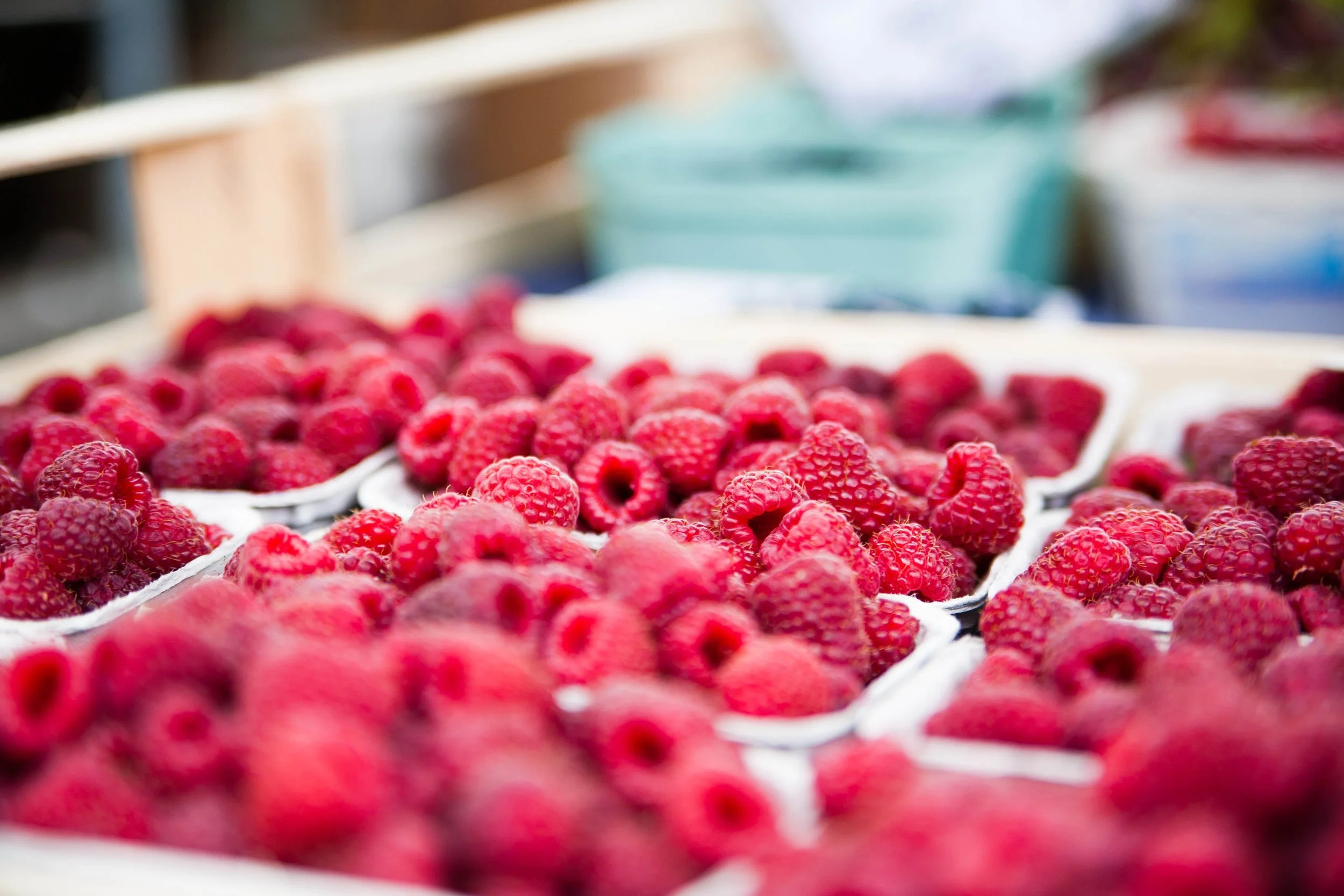Wondering how to tell truth from fiction when it comes to strawberries? Let’s look at some of the common myths about strawberries—and the real truth behind them.
Myth: Strawberries are best picked just before ripening, because they’ll last longer and ripen upon standing.
Truth: Strawberries are nonclimacteric fruit; their tissues won’t continue the metabolic process of ripening after harvest. Consequently, underripe berries also lack the nutritional value and flavor of fully ripe berries. Because of this, always pick berries at the height of ripeness. Your local farm store already knows this, and will only harvest fully ripe berries. If you prefer to pick your own, look for plump, firm (but not hard) fruits with a uniform bright-red color. Strawberries that have green or white spots are underripe; those with shriveled, very dark skin or a “collapsed” look are overripe.
Myth: The bigger the berry, the more flavorful.
Truth: When it comes to berries, size doesn’t indicate taste or juiciness. In fact, large berries are often less flavorful than smaller ones!
Myth: Berries should be the same size.
Truth: Grocery store strawberries are typically big and uniform in size, but this is purely a marketing tactic. Those berries have been bred for high volume and transportation hardiness, and lack both the flavor and nutritional content of locally grown berries of varying shapes and sizes. So don’t worry if your farm-store pint (or quart!) contains both small and large berries, and even or alien-looking berries with funny, irregular shapes. They taste even better than the “perfect” large-scale-grown berries!
Myth: Strawberries contain toxic pesticides.
Truth: Each year, the Environmental Working Group (EWG) puts out a list of “dirty” fruits and vegetables that consumers are supposed to avoid because they contain pesticide residues. For the third year in a row, strawberries were ranked number one on the list (also on the list: healthful foods like spinach and apples). But the EWG list is misleading from both a scientific and a social standpoint.
The EWG’s approach to ranking has not been supported by any scientific organization, undergone peer review, or been published in a scientific journal. It also ignores the facts that plants produce natural pesticides to combat pests, and these residues exceed human-applied pesticides by ten-thousandfold. Pesticide residues in plants are generally quite low; only at very high levels are they considered toxic to the point of demonstrating negative effects on the human body. And pesticide applications vary greatly according to climate—for instance, berry growers in wet climates such as Florida typically need to apply pesticides more frequently than growers in New York, yet the EWG list only considers averages that may be skewed by location.
Myth: Strawberries don’t taste as good cold and shouldn’t be refrigerated.
Truth: While it’s true that the strawberry’s flavor comes out best when it’s at room temperature, cold storage is necessary for preserving fresh berries. Once you get them home from the farm store, place them in the fridge until just before you’re ready to eat them. Then either allow them to come to room temperature, or rinse them with warm water.
Also, if the container your strawberries came in is small and the berries are packed tightly together, transfer them into a larger container. More room between berries will slow down the natural spoilage that occurs as fruits pass their prime.
Myth: It’s a good idea to wash all your berries all at once, then store them for later.
Truth: Because moisture promotes the growth of mold, only wash the quantity of berries you need at the moment, and store the remainder unwashed.
Myth: Strawberries have vitamin C, but they don’t have many other healthful attributes.
Truth: Strawberries—and all berries—are nutritional powerhouses! In addition to a whopping 152 percent of your daily requirement of vitamin C, strawberries also contain fiber and antioxidant compounds that are known to reduce the effects of oxidative stress caused by aging and a variety of diseases. These superfoods are also fat- and cholesterol-free, and low in calories. Want to learn more about the many health benefits of berries? Read on.
Myth: Strawberries have too much sugar to be healthy.
Truth: Carbohydrates, in the form of naturally occurring sugars, are an important part of a healthy diet and a primary source of energy for humans. A cup of strawberries has about 11 grams of carbohydrates, just 4 percent of your daily allowance. Strawberries are also considered low-glycemic-index foods, so they have little effect on your blood glucose levels or insulin response, unlike foods that contain refined sugars.
If you have diabetes or irritable bowel syndrome, talk to your doctor about how you can incorporate strawberries into your diet in quantities that won’t negatively affect those conditions. Otherwise, strawberries are an excellent source of a variety of nutrients and can be a fantastic addition to a healthful, disease-prevention diet.



